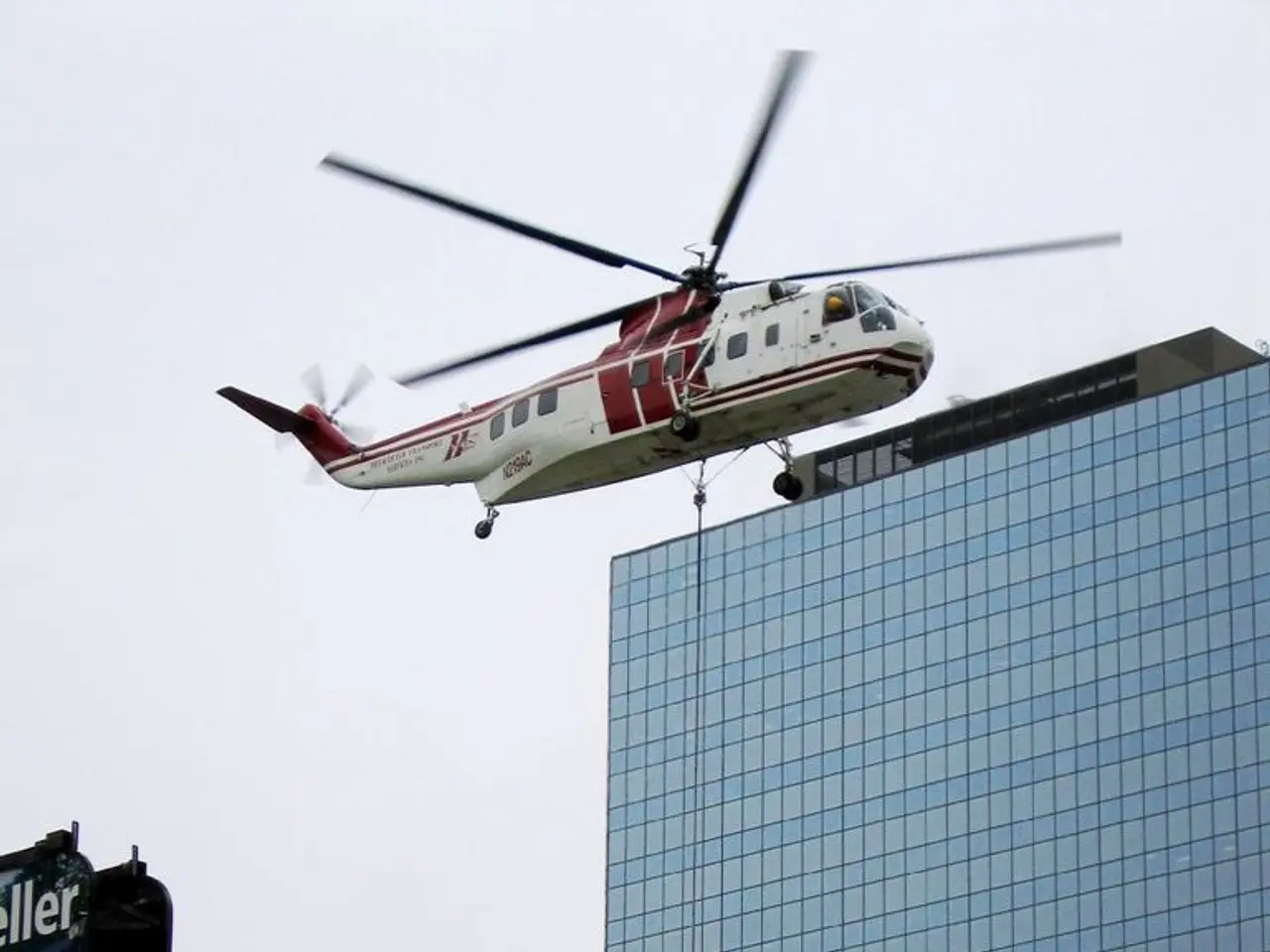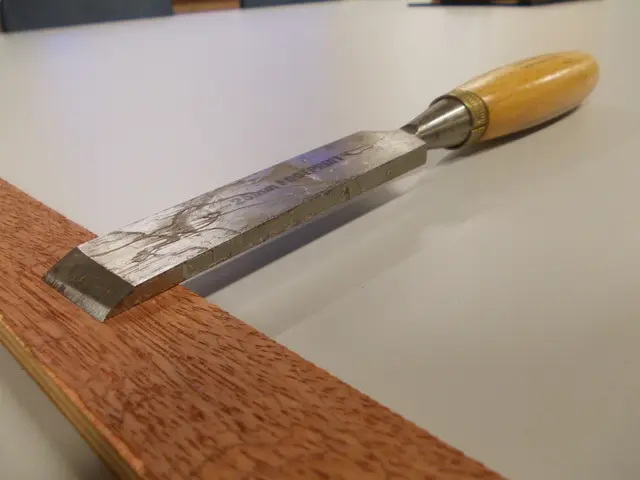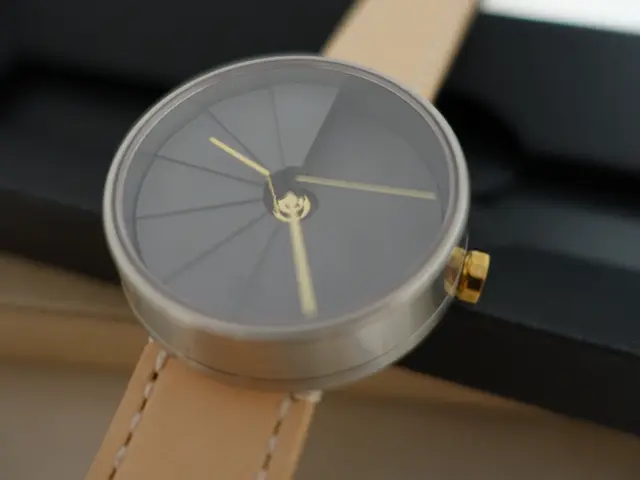Drone Development: A Multidisciplinary Engineering Effort
Drones, or unmanned aerial vehicles (UAVs), are intricate machines requiring a multidisciplinary team for their development. This includes systems engineers, mechanical engineers, electrical engineers, and more, each playing a crucial role in the drone lifecycle.
Mechanical engineers ensure drones are robust and can withstand heat, focusing on mechanical design and moving parts. Meanwhile, electrical and electronics engineers design power systems, control circuits, and communication systems, making drones functional.
Aerospace engineers concentrate on aerodynamics and flight systems, selecting suitable materials for drone construction. They ensure drones can navigate skies efficiently.
Computer and software engineers program autonomous navigation and AI integration, enabling drones to fly independently. They also develop control apps for user interaction.
Robotics engineers contribute to sensor integration, motion control, and flight algorithms. They ensure drones can 'see' and respond to their environment.
Systems engineers coordinate the diverse teams and oversee the entire product lifecycle. They ensure all components work harmoniously, from concept to deployment.
Drone development is a collaborative effort involving various engineering disciplines. Each role is vital, from mechanical design to software programming, ensuring drones are safe, efficient, and user-friendly. The team's collective expertise drives innovation in drone technology.
Read also:
- Hyundai and Toyota Dominate U.S. Green Car Market with 10 Top Models
- Kia Debuts Europe's New K4 Hatchback, Offering Mild-Hybrid and Full Hybrid Engine Options
- Athletic smart glasses developed through a collaboration between Oakley and Meta
- Comprehensive Guide to Electric Vehicles: ( Nearly all) essentials about in-car entertainment systems








